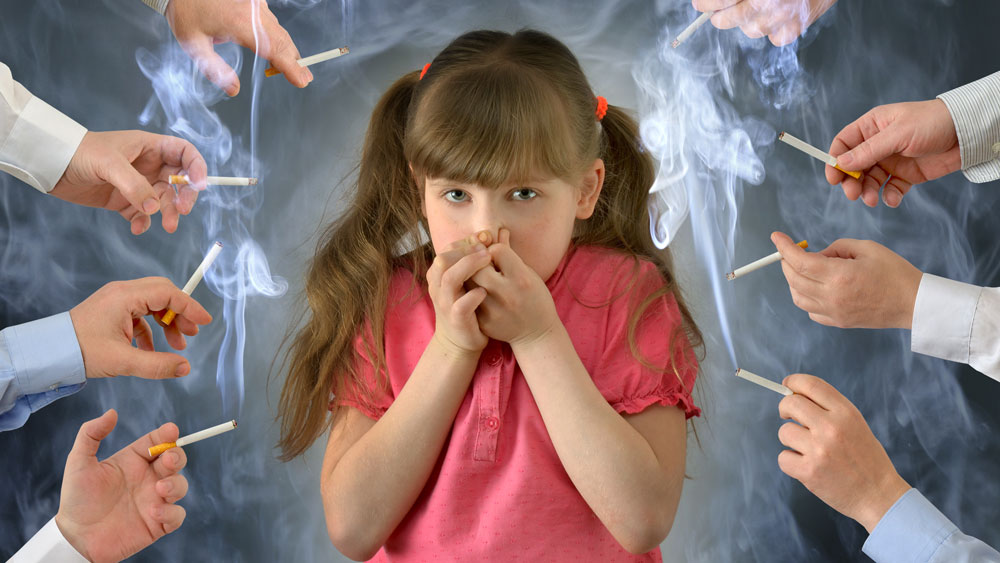By Michelle Duret, Hanley Foundation Prevention Specialist
Even if you don’t light the cigarette yourself, you can still be impacted by the negative side effects of smoking. Secondhand smoke from tobacco products harms everyone in proximity, especially children. We must protect ourselves and future generations to come.
Why is secondhand smoke bad for us?
Secondhand smoke consists of thousands of harmful chemicals and poison. Cigarettes are known to have detrimental chemicals that are found in common household products that we may use every day. Some of the harmful chemicals include ammonia (used in cleaning supplies), toluene (found in paint thinners), benzene (found in gasoline) and cadmium (used in making batteries), just to name a few. The U.S. General conducted a study and found an “estimated 58 million nonsmoking Americans, including 14 million children aged 3-11 years, are exposed to secondhand smoke.” Young infants and children are directly affected by the choices their parents, family members or even strangers make on a day to day basis.
How does secondhand smoke effect children?
According to the American Lung Association, “Secondhand smoke is responsible for between 150,000 and 300,000 lower respiratory tract infections in infants and children under 18 months of age, resulting in between 7,500 and 15,000 hospitalizations each year. It also causes 430 sudden infant death syndrome (SIDS) deaths in the U.S. annually.” Children are growing and developing every day. Their bodies and lungs are very fragile and need to be protected against the toxicants that are in cigarette smoke. Secondhand smoke exposes children to severe illnesses, such as bronchitis, pneumonia and ear infections. Children with asthma can be triggered by secondhand smoke, which can result in asthma attacks.
Steps to help protect your children against secondhand smoke:
Create Smoke-free environments for your children.
- In your home: This is the place your child should feel the safest. Do not allow or designate a room or area to smoke. Cigarette smoke can last for hours in your home. Smoke can travel throughout the house and remain trapped in surfaces such as your carpet, curtains and furniture. Inform guests in advance that this is a smoke-free area and warn them about the effects of secondhand smoke.
- At Daycares/ Schools: In finding the right learning environments for your children, it is important to ensure that they have a smoke-free policy in place. Most schools and daycares have it enforced but, be sure to ask the necessary questions if needed.
- In Public: When shopping, going out to eat, or in places of large gatherings, find places that offer smoke-free areas. Restrict the time spent at businesses that say “no-smoking” sections because you can still be at risk for secondhand smoke from the “smoking-permitted” sections.
- Lead by example: You are your children’s first role model. The examples you set will be the foundation in your child’s life. Teach your children about the dangers of smoking and secondhand smoke. Support those trying to quit smoking and promote a healthier lifestyle.
In conclusion, secondhand smoke is very harmful to all of us especially, children. With the steps listed above we can stop the damaging consequences that it can have on a child’s life. Prevention is most effective in promoting a healthy lifestyle the earlier you start.



